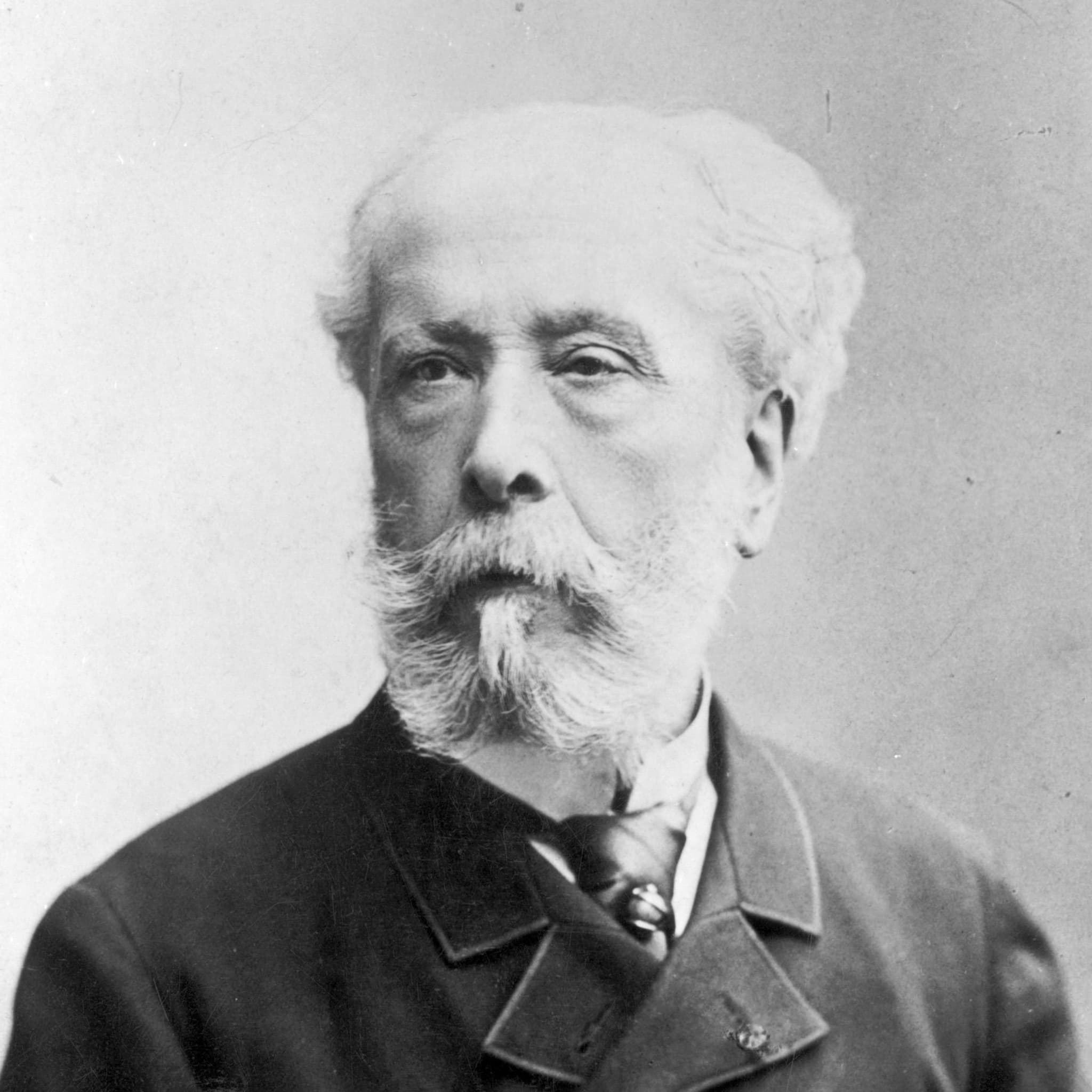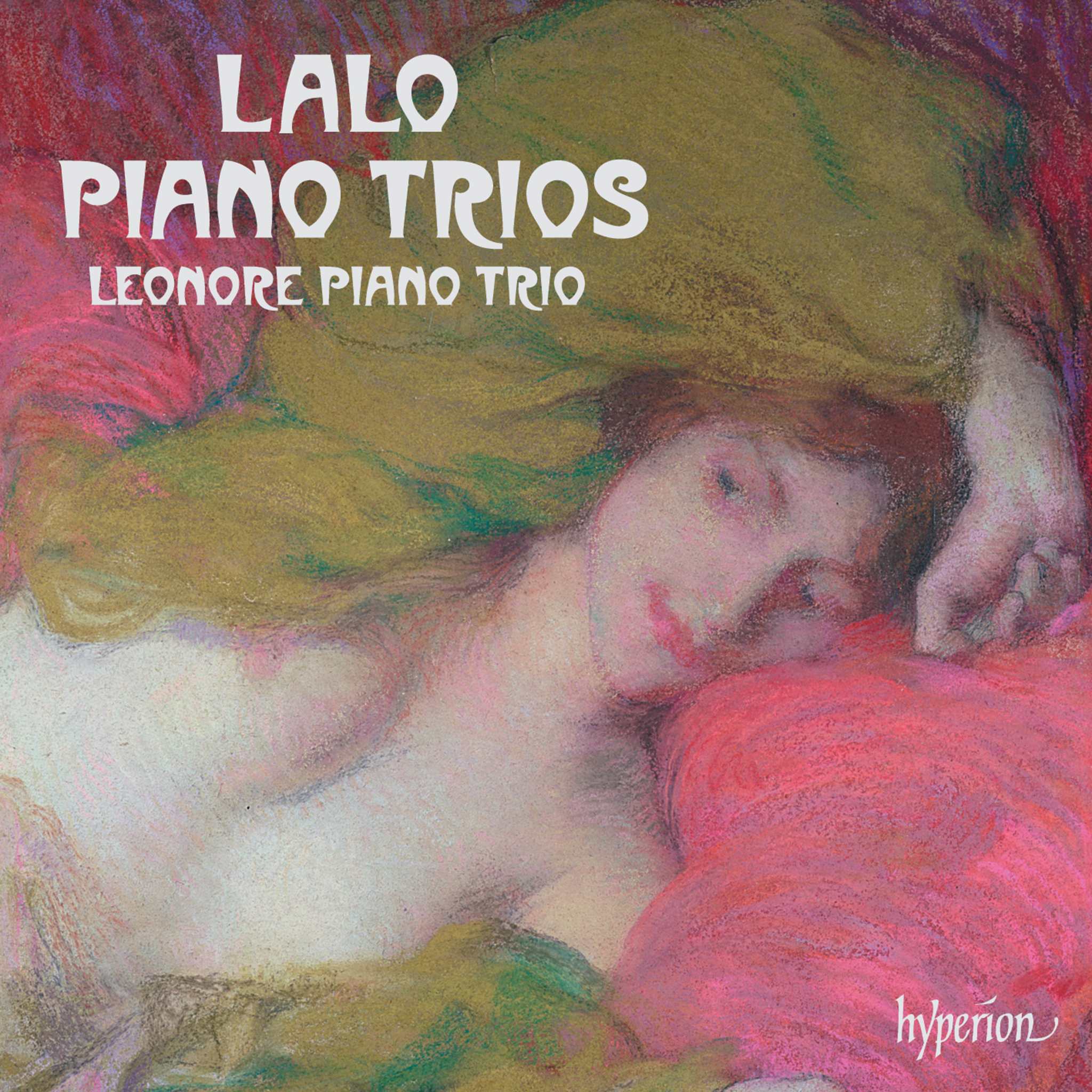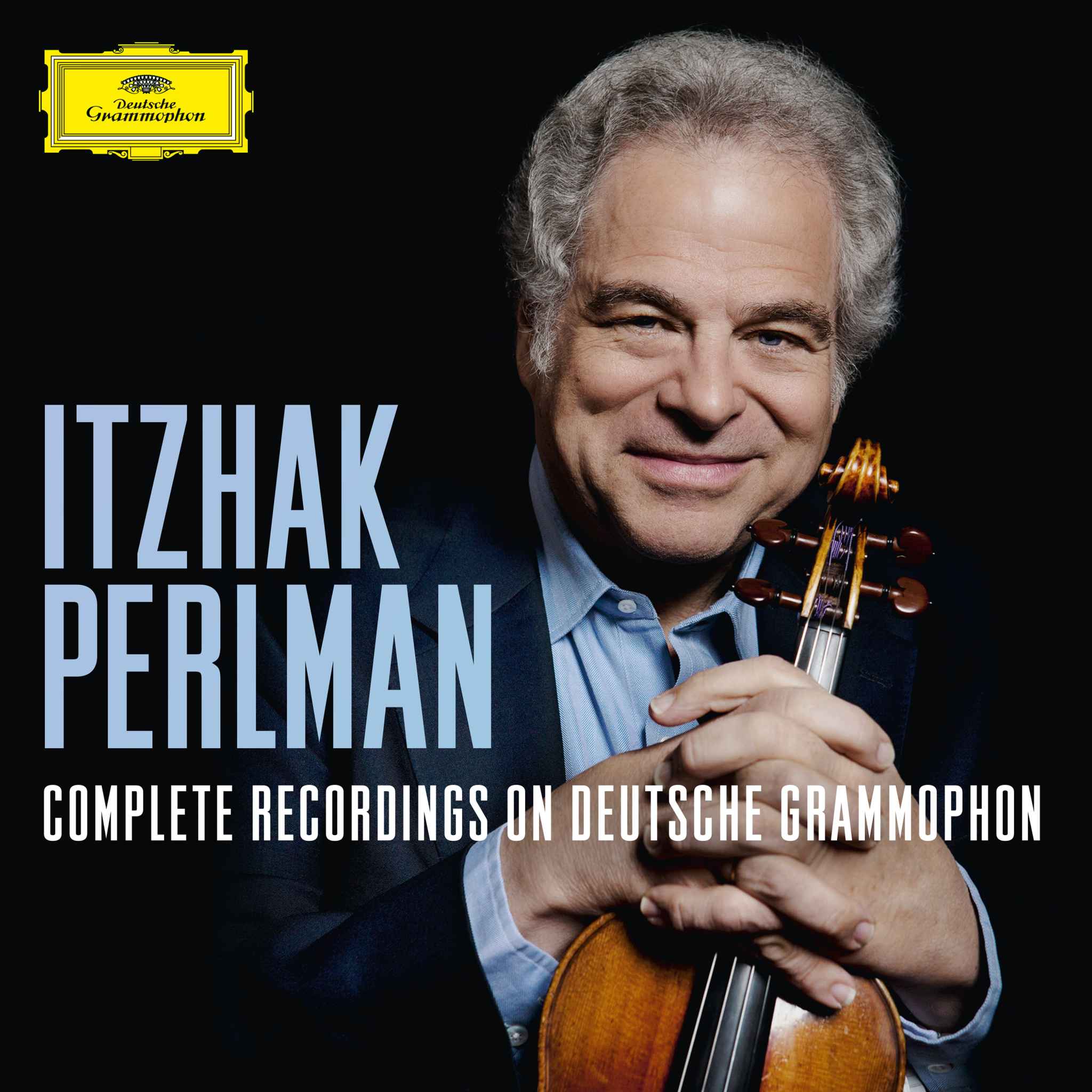Explore Édouard Lalo's Music Masterpieces
Experience the enchanting world of Édouard Lalo, a prolific French composer, who left an indelible mark on the classical music scene. Despite his father's objections, Lalo pursued his passion for music from a young age, nurturing his talent at the Paris Conservatoire under the guidance of François Antoine Habeneck. His journey was not without its challenges, but his determination and talent led him to create some of the most captivating music of the Romantic era.
Lalo's Artistic Journey
Born in Lille in 1823, Lalo defied his father’s wishes for a non-musical career and moved to Paris to study violin. Early in his career, Lalo faced discouragement when his initial works, including two trios, were met with indifference. However, this did not deter the young composer. His marriage to a contralto singer rekindled his musical ambitions and led to the creation of Fiesque, an opera based on Schiller’s work that unfortunately remained unperformed.
Lalo's Musical Contributions
Lalo's fortunes flickered to life with his F Major Violin Concerto and two Aubades. However, it was the Symphonie espagnole, premiered by famed Spanish violinist Pablo Sarasate in 1875, that truly stood out. Celebrated for its fresh, vibrant melodies and virtuosic violin writing, it remains Lalo’s most popular and enduring composition. The piece is especially notable for its incorporation of Spanish musical colors—an homage to both Sarasate’s heritage and Lalo’s own Spanish roots—paired with French orchestral brilliance and clarity.
Lalo’s ballet Namouna, first staged at the Paris Opéra in 1882, reflects his flair for theatrical writing and orchestral color. Though less frequently performed today, it was a milestone in his career, showcasing his ability to write evocative, rhythmic, and characterful music for the stage.
The opera Le roi d'Ys, finally mounted at the Opéra-Comique in 1888, stands as Lalo’s crowning achievement in dramatic music. Infused with charming folk idioms, it demonstrates his gift for melody and orchestration. Despite initial challenges in getting the work staged, it ultimately became a significant success and remains his most celebrated operatic work.
Rediscover Édouard Lalo's brilliant contribution to music and immerse yourself in his harmonious masterpieces at Meistersaal, Berlin. His captivating music journey still resonates with every ardent music lover today.














